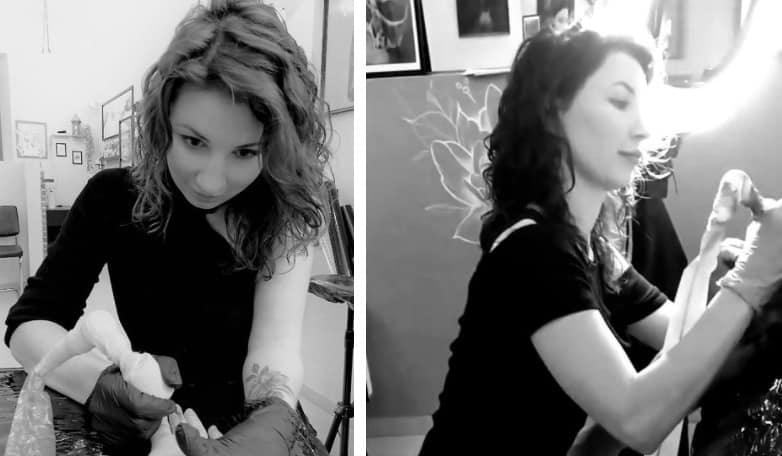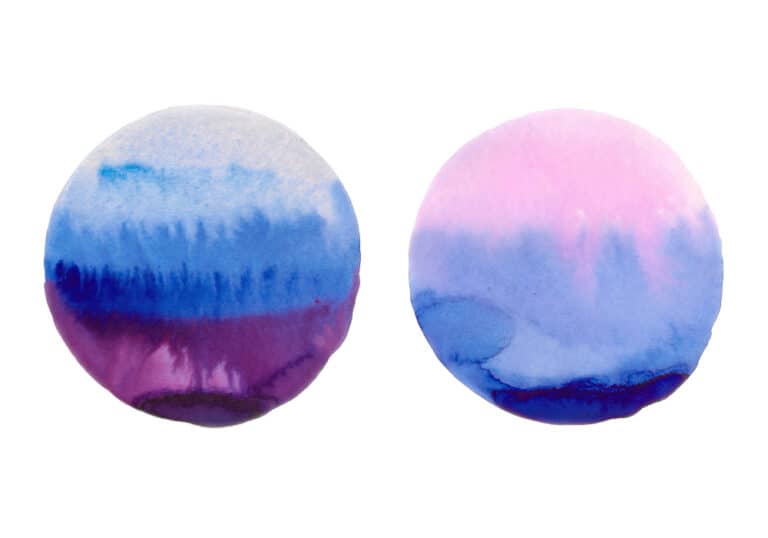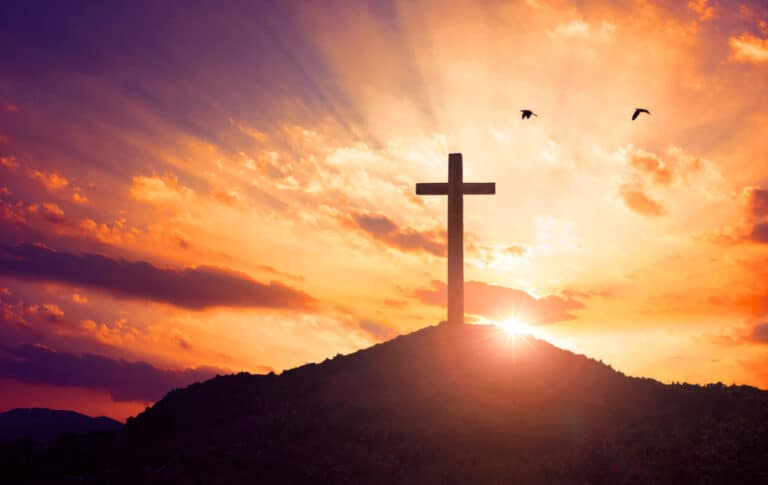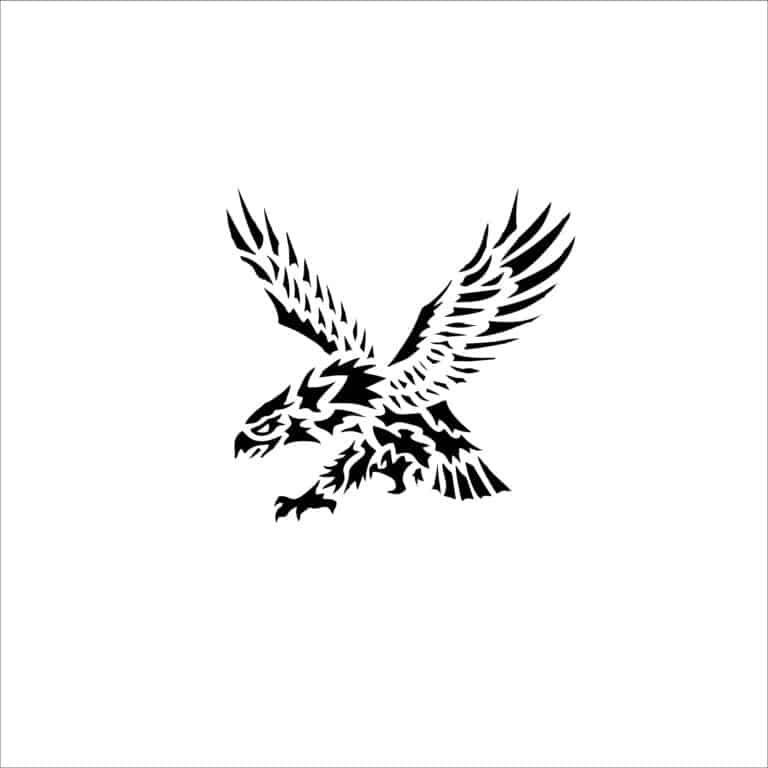Japanese Crane Tattoo Meaning
While there are various meanings associated with bird tattoos, particularly crane tattoos, Japanese cranes have a long history in Japan regarding conservation, national identity, Japanese culture, and mythology. So, what is the symbolism and crane tattoo Japanese meaning?
Japanese crane tattoos inevitably acquire meaning, symbolism, and cultural significance from Japanese ecology, history, folklore, traditions, and mythology. Therefore, Japanese crane tattoos symbolize peace, harmony, resilience, love, longevity, renewal, and good fortune.
To better understand why Japanese crane tattoos can accompany various meanings and symbolism, it is essential to discuss the significance of Japanese cranes within the context of Japan’s collective consciousness. Whereafter, discussions of the perception of Japanese crane tattoos in Japan will be explored.
What Is The Significance Of Japanese Cranes?
As one of the most common and straightforward origami pieces to build, the fascination with cranes in Japan dates back to the nation’s founding and the Japanese people’s collective consciousness in their quest to attribute meanings to their surroundings.
The Japanese crane (known as “Tancho”) can be found along the eastern provinces of Japan and on the northern island of Hokkaido. They typically sport black necks, legs, and back plumage, which stands in stark contrast to their lily-white plumage.
Other notable features of the Japanese crane include the bright red plumage on the top of their heads, striking orange beaks, and impressive size. Japanese cranes are some of the largest birds in the world, standing 1.6 meters tall with a 2.5-meter wingspan and an average weight of approximately 10kg to 15kg.
Japanese cranes are renowned for their longevity and unique social rituals, leading to various meanings and symbolism associated with them. Japanese cranes have been known to live for up to 40 years in the wild and over 70 years in captivity!
Despite their long lives, Japanese cranes develop, establish, and maintain a single mating partner throughout their entire life, whereby mating partners and their subsequent relationships are premised upon intricate mating rituals, dances, calls, and ongoing social interactions.
In Japanese mythology, legendary cranes were said to live over a thousand years and are thus seen as symbols of longevity, peace, harmony, everlasting love, and luck. Consequently, the Japanese crane is considered a national symbol that can be found across various items/brands in Japan, such as:
- The Japanese crane is the official logo of Japan’s national airline,
- Japanese cranes adorned ancient samurai crests,
- Japanese cranes are common displays on traditional Japanese items like bridal kimonos and sake bottles,
- Japanese cranes are printed on 1000-yen notes.
Further to the ancient symbolism attributed to Japanese cranes is the evolution of their meaning in modern times. Namely, Japanese cranes symbolize harmony among people, healing, and renewal, following the bombing of Hiroshima and Nagasaki in World War Two.
Another example of evolving Japanese crane tattoo meaning is as a symbol of resilience. The reason is that Japanese cranes have been declared an endangered species following the destruction and reduction of their wetland habitats following rapid urbanization, modernization, and construction in Japan during the 20th and 21st centuries.
The belief in Japanese cranes as a symbol of luck and good fortune is tied to the concepts of self-sacrifice and offerings. An example of this belief in action is the practice of Senbazuru, which originated from the Sadako Sasaki folk story.
Senbazuru is a tradition that involves the folding of 1000 origami cranes. Upon completion, the participant is said to be granted good fortune or a single wish. Along with the ongoing practice in Japan is the Sadako Sasaki, which features a young girl folding origami cranes as per the rules of Senbazuru.
In conclusion, because of the numerous meanings attributed to cranes within Japanese culture, it is unsurprising that having a Japanese crane tattoo art could accompany one or more of these meanings, along with other secondary meanings such as national pride or environmentalism.
What Is The Perception Of Crane Tattoos In Japan?
Although it is common to see Japanese cranes adorning various items and brands in Japan, as well as the numerous references to cranes and their importance in mythology, folklore, and Japanese culture; it may be surprising to learn that Japanese crane tattoos are uncommon in Japan and generally frowned upon.
The reason is that tattoos are still largely seen as taboo in Japanese culture, regardless of the positive image and meanings that a tattoo may be expressing. While tattooing in Japan is an ancient tradition, with some of the best tattoos having been performed in Japan for centuries, tattoos are seldom given the artistic merit and respect that other parts of the world do.
The reason is that tattoos have long been associated with criminal organizations like the Yakuza in Japan, meaning that there continues to be a stigma around tattoos, as they have links to criminality in the collective consciousness of the broader Japanese public.
Consequently, people intending to get a tattoo of a Japanese crane (or any other tattoo for that matter) are unlikely to find an artist in Japan that is willing to perform the tattooing procedure in a traditional Japanese style.
Furthermore, any tattoos that are visible in Japan will need to be covered up. At the same time, specific private spaces may exclude you from entering them if you have visible tattoos (such as public bathhouses.)
Although there are some shifting opinions in Japan, particularly among the younger generation or people who have traveled extensively in other countries, tattoos largely remain an unwelcome sight in Japan.
However, despite these perceptions of tattoos, Japanese cranes continue to hold their symbolism and meaning; therefore, those wishing to get a Japanese crane tattoo should not be persuaded to do so should they be looking for a tattoo with various positive affiliations and cultural significance.
Conclusion
In conclusion, although bird and crane tattoos often carry a host of different meanings, those wanting to get a Japanese crane tattoo specifically should understand the cultural significance and its particular meanings in Japan before doing so.
Some of my favorite designs, tattoo books, and aftercare products, selected for you

Thank you for reading my article, I hope that you have found it helpful. If you would have trouble finding ideas for your tattoo, wonder what is meaning of design that you have found or what to buy for aftercare, to make sure that your tattoo will be healing quickly and easily, here are some of my favorite products in one place, hope that this will also help.
Design and tattoo ideas
For some ideas you can have a look at those 3 books with hundreds of designs that I use with my clients, they are available on Amazon for Kindle or in classic, paper version (links below):
- Great Book of Tattoo Designs, Revised Edition: More than 500 Body Art Designs (Fox Chapel Publishing) Fantasy, Celtic, Floral, Wildlife, and Symbol Designs for the Skin by Lora Irish
- The Big Book of Small Tattoos – Vol.1: 400 small original tattoos for women and men by Roberto Gemori
- Tiny Tattoos: Over 1,000 Small Inspirational Artworks by Rebecca Vincent.
Tattoo meaning
If you would like to read more about the meaning of different tattoo styles and designs before you will decide what you would like to have, I can recommend a book that was really useful for me when I was starting my tattoo adventure – it’s “Conscious Ink: The Hidden Meaning of Tattoos” by Lisa Barretta (through the link you can find it on Amazon for around $10).
Tattoo aftercare
The skin at the tattoo site often dries out. To prevent it and speed up healing for my clients, I usually recommend one of those tattoo aftercare balms (you can find them on Amazon):







